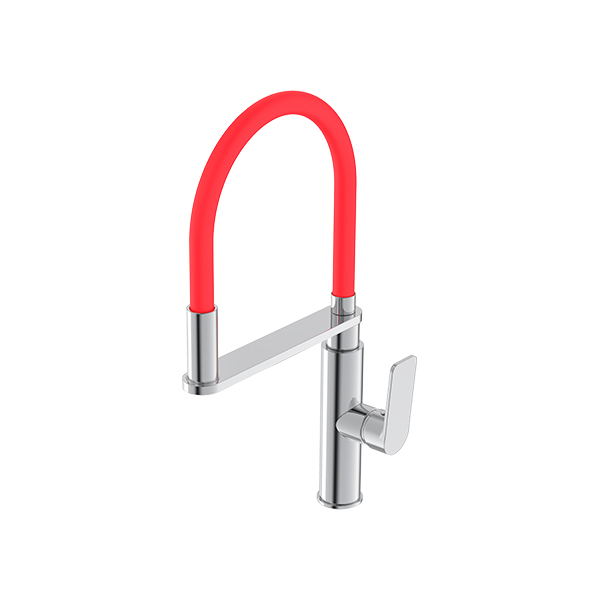At its core, a pull-out kitchen mixer tap is designed to offer flexibility during kitchen work. Unlike traditional taps with fixed spouts, the pull-out tap allows users to extend the spout from its base, providing a longer reach. This feature is particularly useful when rinsing large pots, cleaning the sink, or washing fruits and vegetables. The retractable hose mechanism ensures the spout can be pulled out smoothly and easily, and then retracted back to its original position without kinking or tangling.

To begin using a pull-out kitchen mixer tap, familiarize yourself with its controls. The mixer tap typically has a single lever or two separate handles to adjust the water temperature and flow. The single lever moves vertically or horizontally to increase or decrease water flow, and side to side to control temperature, mixing hot and cold water as needed. The two-handle designs operate similarly but offer separate control over hot and cold water.
When water flow is adjusted, the user can pull the spout out from the main body. The spout usually extends several inches beyond the fixed position, allowing direct water delivery where it is needed. The pull-out spout often includes a spray head with different flow settings—usually a steady stream and a spray function. The spray mode is especially effective for cleaning surfaces or rinsing food, while the steady stream is preferred for filling containers or washing hands.
The mechanism inside a pull-out kitchen mixer tap uses a flexible hose attached to the spout, allowing it to extend without damage. This hose is typically made of durable materials such as reinforced rubber or braided stainless steel, ensuring longevity even with frequent use. The hose is stored inside the tap base and returns automatically when the spout is released, often aided by a weight or spring mechanism that ensures smooth retraction.
Proper handling of the pull-out feature is essential for its maintenance and durability. Users should avoid pulling the spout beyond its designed length or applying excessive force, as this could damage the hose or cause leaks. When finished using the extended spout, guide it back gently to avoid abrupt retraction, which can stress internal components.
Installation of a pull-out kitchen mixer tap requires attention to ensure all connections are secure and leak-free. The tap connects to both hot and cold water supply lines, and proper sealing is necessary at each joint. Professional installation is recommended to guarantee correct fitting and function. Additionally, checking the hose and retracting mechanism periodically helps to identify wear or issues before they become significant.
Cleaning a pull-out kitchen mixer tap is straightforward but important for maintaining appearance and operation. The exterior surfaces can be cleaned with mild soap and water, avoiding harsh chemicals that may damage finishes. The spray head may accumulate mineral deposits over time, especially in areas with hard water. Regular descaling using vinegar or specialized cleaners helps keep the spray nozzles clear and functioning well.
The design of pull-out kitchen mixer taps also offers ergonomic benefits. The ability to direct water precisely reduces the need to lift heavy pots or awkwardly position items under a fixed spout. This can decrease strain on wrists and shoulders during repetitive kitchen tasks. Additionally, many models include features such as swivel bases and adjustable spray patterns to enhance user comfort and efficiency.
From a practical perspective, pull-out kitchen mixer taps are ideal for a variety of kitchen layouts. In compact kitchens, the flexibility of the pull-out spout can compensate for limited sink space. Larger kitchens benefit from the extended reach, making it easier to clean oversized cookware or multiple sink compartments. The modern aesthetic of pull-out mixer taps also complements contemporary kitchen designs, combining functionality with style.
Using a pull-out kitchen mixer tap involves understanding its controls, properly extending and retracting the spout, and performing routine maintenance. Its design enables versatile water delivery, making kitchen tasks easier and more efficient. Careful handling preserves the tap's internal components, while regular cleaning ensures it continues to perform well.

 English
English Español
Español русский
русский

